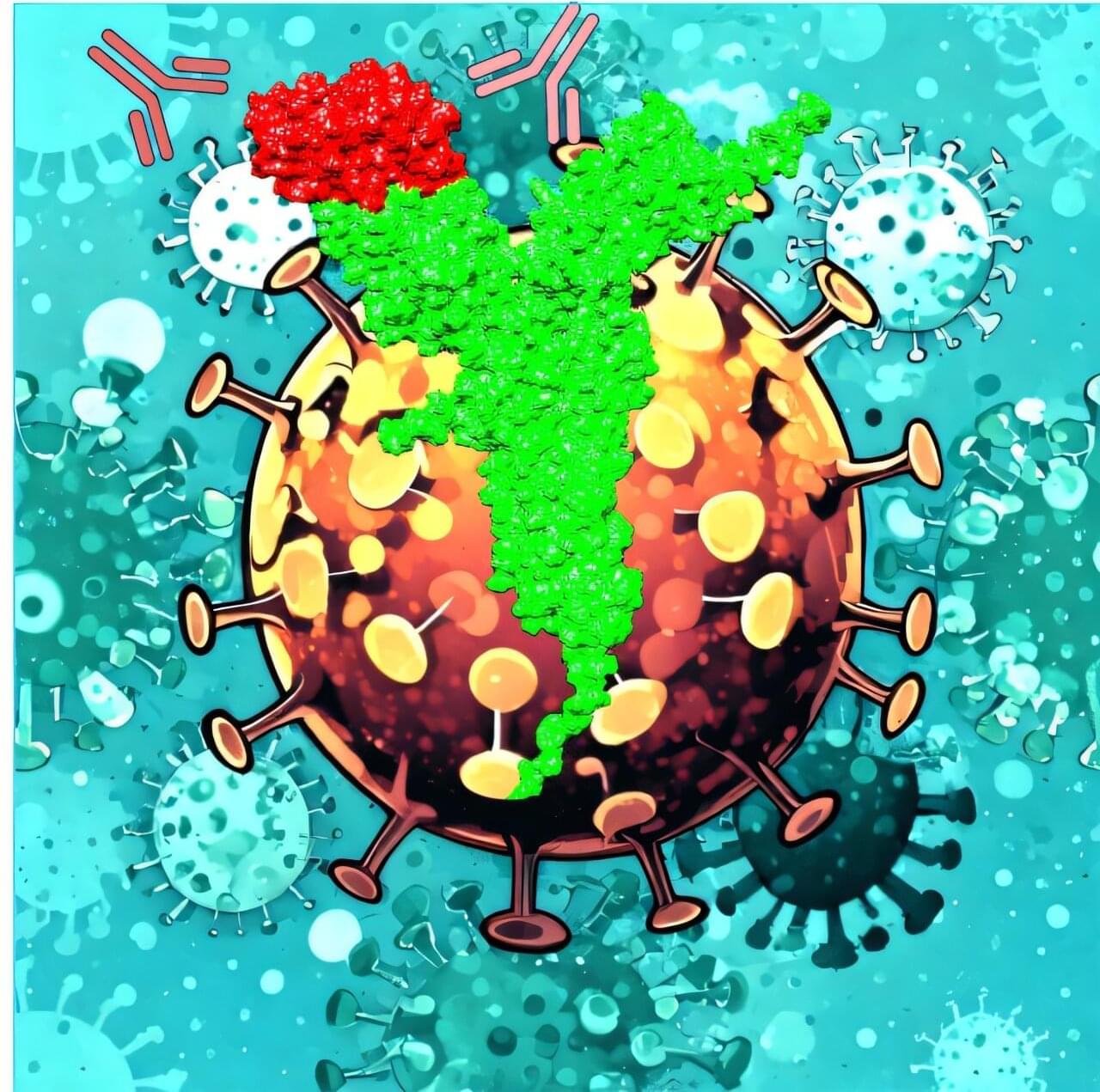As scientists, we often think we understand a virus—its structure, its tricks, the way it moves through the body. But every once in a while, we stumble upon something unexpected—something that completely changes the way we see an infection.
I have spent years studying the molecular tactics of viruses—how they invade, replicate, and most intriguingly, how they evade our immune system. Some strategies are well documented: antigenic drift, glycan shielding, immune suppression. But every so often, we stumble upon a novel mechanism that redefines our understanding of viral pathogenesis.
A recent finding in Nature showed that the spike protein of SARS-CoV-2 binds with fibrinogen, leading to thrombo-inflammation. This raises a fundamental question: Why does the virus need to bind with fibrinogen? Could this interaction provide an evolutionary advantage to the virus? Could this be the reason behind post-COVID heart attack cases?
